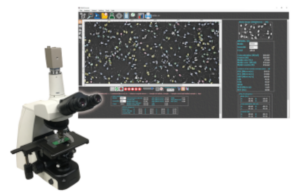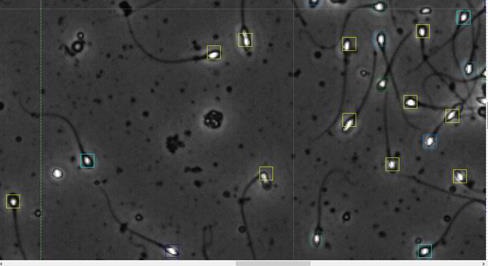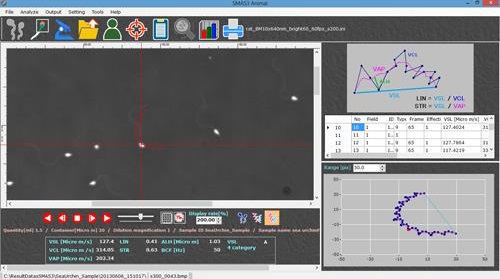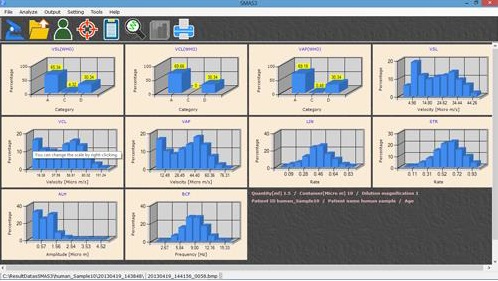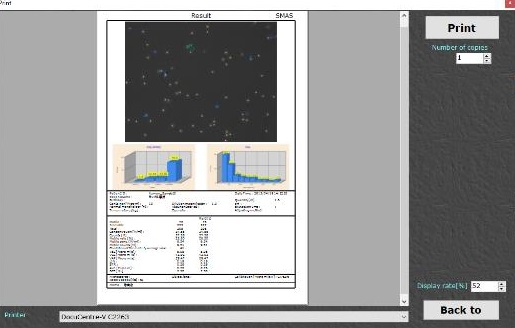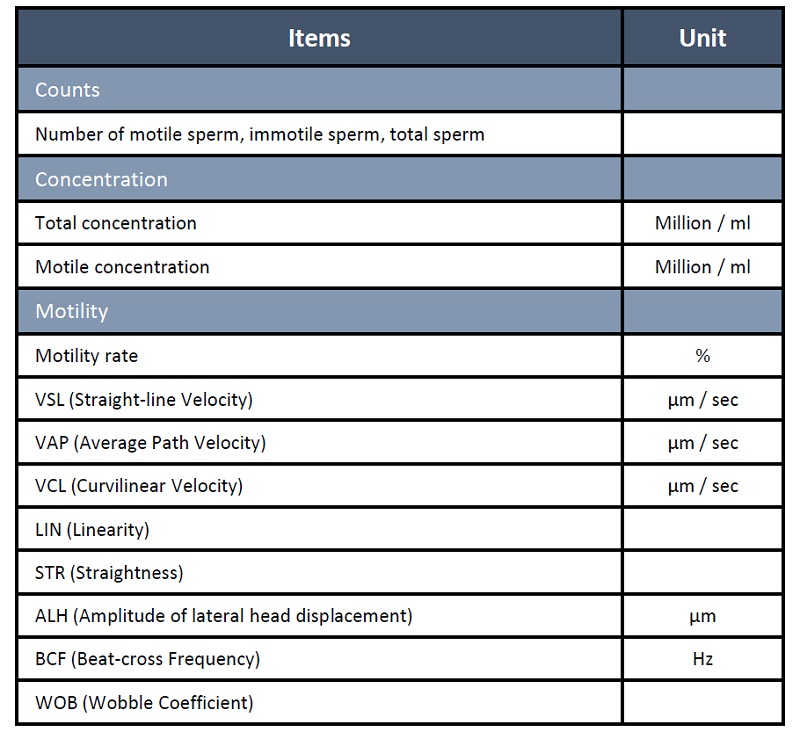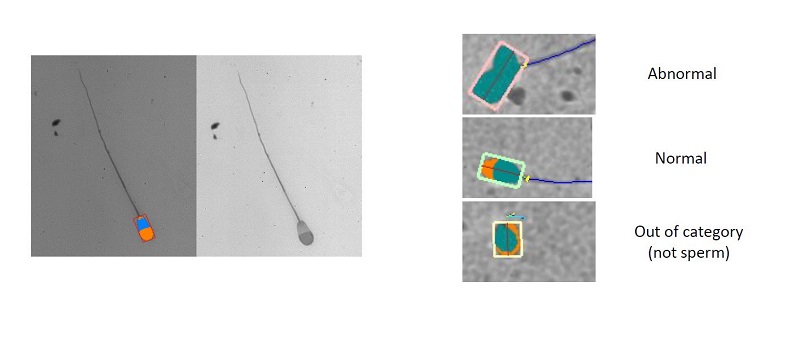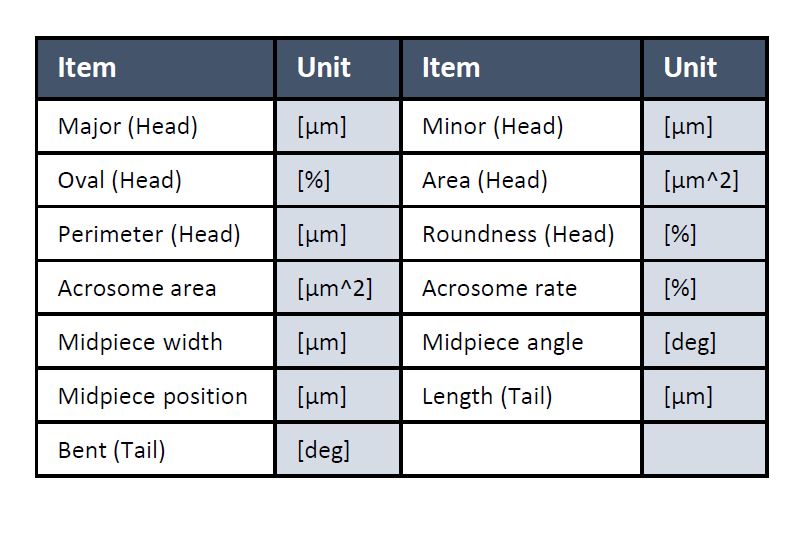Description
Overview of the SMAS Sperm Analysis System
The Sperm Motility and Morphology Analysis System, commonly referred to as SMAS, represents a significant advancement in the realm of sperm analysis. Developed as a user-friendly, cost-effective, and efficient tool, SMAS is tailored for both human and animal sperm evaluation, setting a new standard in reproductive technology. This innovative system incorporates high-speed imaging technology, enabling precise analysis of sperm motility and morphology, which are crucial parameters in assessing male fertility.
One of the standout characteristics of SMAS is its advanced sperm identification algorithms. These algorithms facilitate the accurate classification and assessment of sperm quality, ensuring that the analysis is not only fast but also reliable. Different from its competitors, SMAS is notable for being the sole Japanese CASA (Computer Assisted Semen Analysis) system available in the market, highlighting its unique position in this specialized field.
The ease of use is a significant consideration for laboratories utilizing sperm analysis systems. SMAS has been designed with user experience in mind, allowing researchers to efficiently navigate through the system’s features without extensive training. This user-focused design, combined with a straightforward operational protocol, reduces the barriers to adopting this cutting-edge technology.
Furthermore, the implementation of reusable counting chambers contributes to reduced operational costs, on top of simplifying the maintenance of the system. Real-time result monitoring is another critical feature, which helps in minimizing measurement errors by allowing users to verify data immediately. Taken together, these benefits underscore how SMAS is not merely an improvement over traditional methods, but rather a revolutionary tool that enhances the accuracy, efficiency, and cost-effectiveness of sperm analysis processes.
Motility and Morphology Analysis Features
The SMAS system incorporates advanced motility and morphology analysis features that enhance the accuracy and reliability of sperm assessment. At the outset, users can adjust the microscope settings to optimize imaging clarity, which is critical for observing sperm characteristics. The system employs automated tracking algorithms that monitor sperm movement within a designated field, effectively distinguishing between motile and immotile specimens. This differentiation is vital for fertility assessments, as motility directly correlates with reproductive potential.
Once the motility analysis is initiated, the SMAS system employs image-processing techniques to automatically count and categorize sperm. The software processes video footage in real-time, offering immediate feedback and displaying results on the user interface. Users can view numerical data indicating motility percentages alongside graphical representations, such as line graphs and histograms. These visual aids align with World Health Organization (WHO) guidelines, providing clinicians and researchers with a comprehensive overview of sperm performance.
In addition to motility analysis, the SMAS system excels in morphology evaluation, adhering to Kruger’s strict criteria. This aspect of analysis examines sperm shape and structural abnormalities, which are also crucial indicators of male fertility. By meticulously evaluating head size, shape, and tail integrity, the SMAS system generates detailed reports that highlight these variables. Results can be consolidated into comprehensive reports for clinical diagnostics or tailored analyses for research applications.
The combination of precise motility tracking and morphology assessment within the SMAS framework underscores its capability to revolutionize sperm analysis. By providing thorough and accurate evaluations, SMAS enhances both clinical and research endeavors, fostering an understanding of male reproductive health. This technological evolution represents a significant leap forward in the analysis and interpretation of sperm characteristics, ultimately contributing to more informed reproductive decisions.

